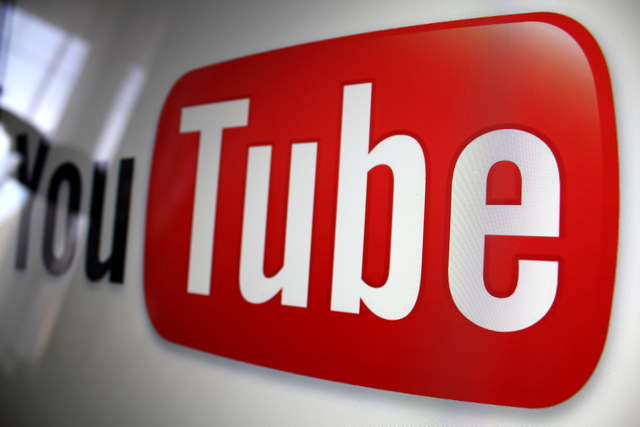In the latest battle between musicians and streaming outlets, the music industry has united to fight YouTube for higher royalties. Katy Perry, Pharrell Williams and Billy Joel signed letters requesting changes to copyright laws; high-profile manager Irving Azoff criticized YouTube in an interview and a Grammy Awards speech. Recently released annual sales statistics buttress the musicians’ point of view: statistics show that, despite huge audiences, YouTube pays less direct income to musicians than vinyl record sales.
The New York Times notes that, “with more than a billion users, including the youngest and most engaged music fans, YouTube has long been seen by the music business as a vital way to promote songs and hunt for the next star.”
As music video views have exploded on YouTube, however, so have complaints from music executives about the limited revenue as well as leaks and use of unauthorized material. Major record labels are “in the midst of renegotiating” licensing contracts with YouTube.
In March, the Recording Industry Association of America (RIAA) strongly criticized YouTube, explaining that the $385 million it paid record labels last year was less than the $416 million generated by the sale of 17 million vinyl records. By comparison, in the same period, Spotify paid about $1.8 billion for music licensing and related costs.
The music industry also wants changes to the 1998 Digital Millennium Copyright Act, saying that unauthorized content is easily uploaded after it’s taken down. “This is a new form of piracy,” said RIAA chief executive Cary Sherman. “You don’t have to go into dark corners and sell stuff out of your car. You can do it in plain sight and rely on the DMCA to justify that what you’re doing is perfectly legal.”
The European Commission’s digital chief Andrus Ansip has joined the chorus of voices asking YouTube to pay more.
But YouTube has answers for its critics. Chief business officer Robert Kyncl says the company has paid $3 billion to the music industry since its inception in 2005; about half the money paid in music royalties is related to user-generated videos incorporating music processed through its copyright protection system Content ID.
According to YouTube, Content ID handles 98 percent of copyright claims and 99.5 percent of the claims related to music are handled automatically. “We are working to create what has become the most significant revenue generator in the entertainment industry,” says Kyncl, “which is a dual revenue stream where you monetize all people: heavy users through subscription, and light users through advertising.”


No Comments Yet
You can be the first to comment!
Sorry, comments for this entry are closed at this time.